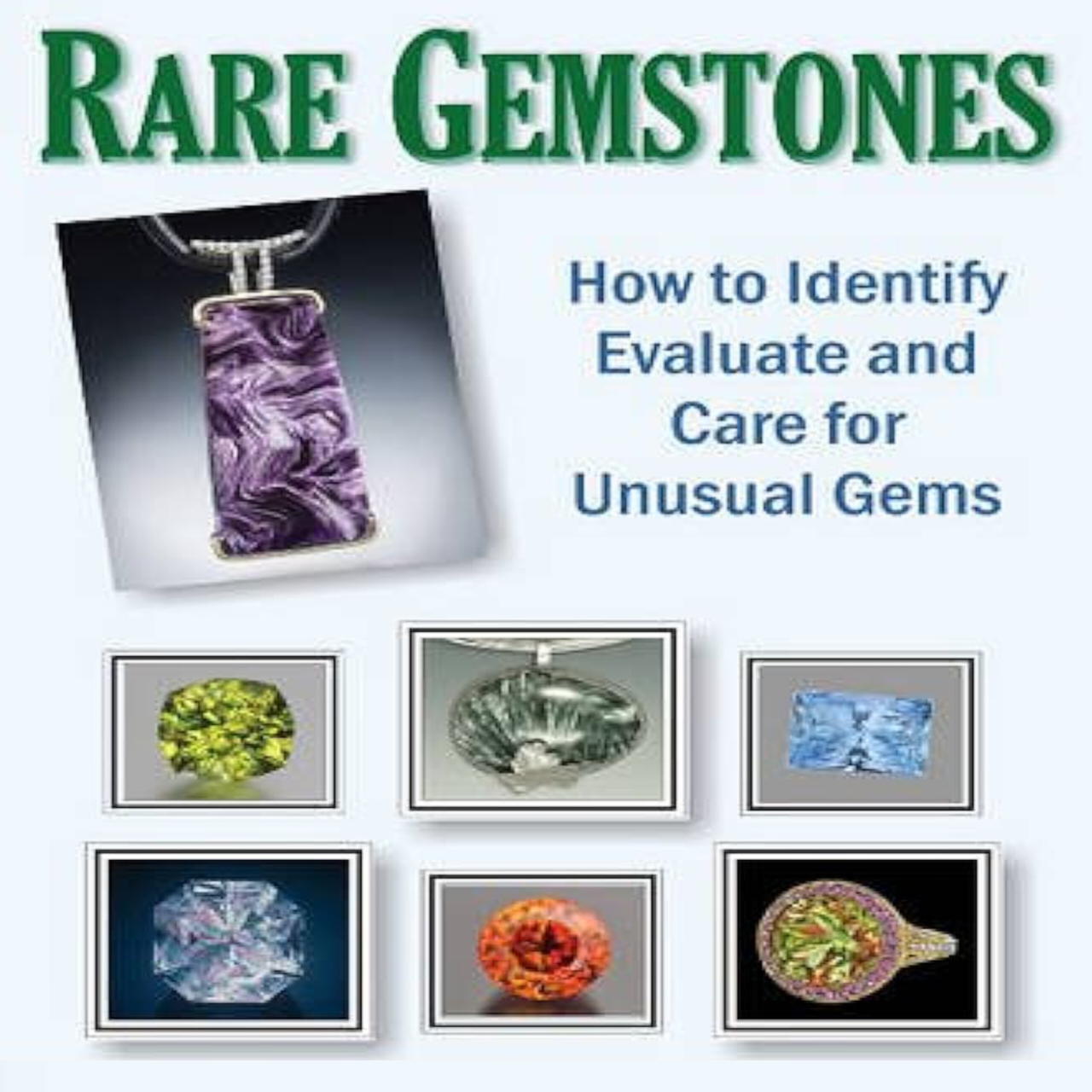Download Our App & Get - 20% Off!

Information about extremely rare Gemstones
A gemstone, also called a jewel, precious stone, semi-precious stone, or simply gemstone, is a piece of mineral crystal which, when cut or polished, is used to make jewelry or other decoration. Apart from this, gems are also used in astrology to reduce the negative effects of planets and increase positive energy. Gemstones have been used in the treatment of physical and mental diseases since the Vedic period, which is mentioned in many religious texts. Most gemstones are hard, but some soft minerals are used in jewelery because of their luster or other physical properties that have aesthetic significance. Rarity and notoriety are other characteristics that give gems special value.
List of rare gemstones
Painite : Painite was discovered in 1956 in Ohngaing in Myanmar. The mineral was named in honor of the British gemologist Arthur Charles Davy Pain. At one point it was considered the rarest mineral on Earth.
Tanzanite : Tanzanite was discovered in 1967 in Northern Tanzania. With its supply possibly declining in the next 30 years, this gemstone is considered to be more rare than a diamond. This type of gemstone receives its vibrant blue from being heated.
Hibonite : Hibonite was discovered in 1956 in Madagascar. It was named after the discoverer, French geologist Paul Hibon. Gem quality hibonite has been found only in Myanmar.
Red beryl : Red beryl or bixbite was discovered in an area near Beaver, Utah in 1904 and named after the American mineralogist Maynard Bixby.
Jeremejevite : Jeremejevite was discovered in 1883 in Russia and named after its discoverer, Pawel Wladimirowich Jeremejew (1830–1899).
Chambersite : Chambersite was discovered in 1957 in Chambers County, Texas, US, and named after the deposit’s location.
Taaffeite : Taaffeite was discovered in 1945. It was named after the discoverer, the Irish gemologist Count Edward Charles Richard Taaffe.
Musgravite : Musgravite was discovered in 1967 in the Musgrave Mountains in South Australia and named for the location.
Black opal : Black opal is directly mined in New South Wales, Australia, making it the rarest type of opal. Having a darker composition, this gemstone can be in a variety of colours.
Grandidierite : Grandidierite was discovered by Antoine François Alfred Lacroix (1863–1948) in 1902 in Tuléar Province, Madagascar. It was named in honor of the French naturalist and explorer Alfred Grandidier (1836–1912).
Poudretteite : Poudretteite was discovered in 1965 at the Poudrette Quarry in Canada and named after the quarry’s owners and operators, the Poudrette family.
Serendibite : Serendibite was discovered in Sri Lanka by Sunil Palitha Gunasekera in 1902 and named after Serendib, the old Arabic name for Sri Lanka.
Zektzerite : Zektzerite was discovered by Bart Cannon in 1968 on Kangaroo Ridge near Washington Pass in Okanogan County, Washington, USA. The mineral was named in honor of mathematician and geologist Jack Zektzer, who presented the material for study in 1976.


Your work has captivated me just as much as it has captivated you. The visual display is elegant, and the written content is impressive. Nevertheless, you seem concerned about the possibility of delivering something that may be viewed as dubious. I agree that you’ll be able to address this issue promptly.
Your articles never fail to captivate me. Each one is a testament to your expertise and dedication to your craft. Thank you for sharing your wisdom with the world.